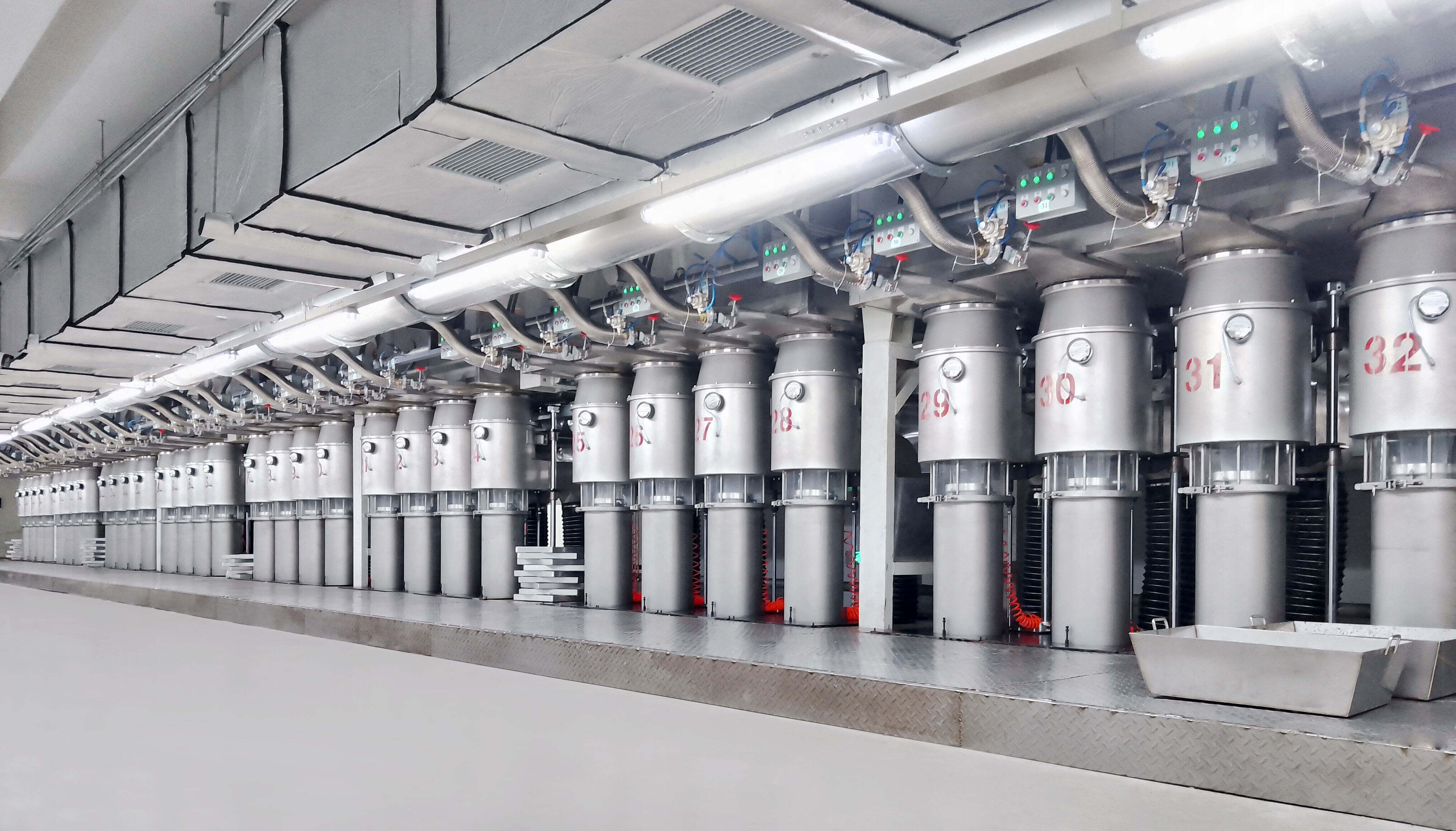Soft Gem | Premium Synthetic Staple Fiber Equipment for Polyester, PET & Composite Materials
Soft Gem, a leading synthetic staple fiber equipment supplier, offers a comprehensive series of advanced machinery for polyester, PET, bi-component, and PLA fiber production. With 30+ years of expertise, our production firm delivers reliable, high-quality equipment designed to meet diverse industrial needs, from textile manufacturing to sustainable material production.
Our product lineup includes polyester staple fiber production lines, 3D hollow conjugated PET systems, high tenacity staple fiber machines, and flexible solutions for bi-component and PLA materials. Each equipment model is engineered in our 30,000㎡ production facility, integrating intelligent manufacturing and strict quality control to ensure precision and durability. Key features include adjustable capacities (2–200 tons/day), a titer range of 0.78–25 dtex, and compatibility with both solid and hollow fiber production.
As a customer-centric production enterprise, we specialize in customized solutions, working closely
